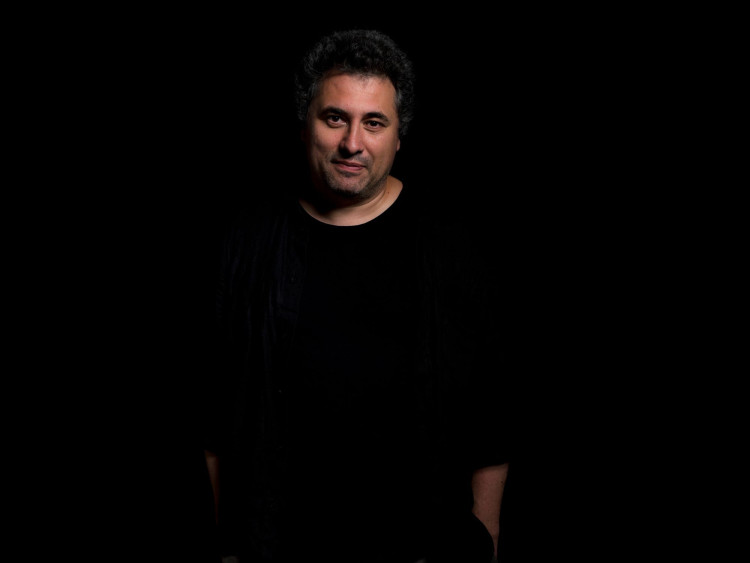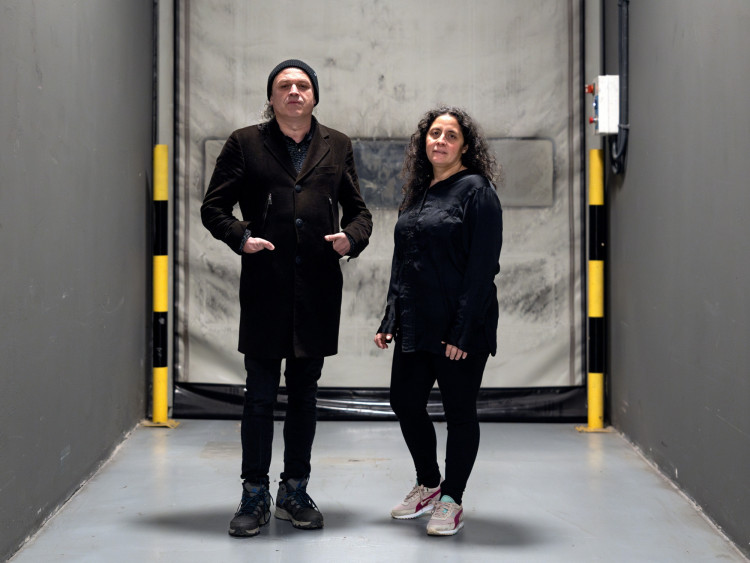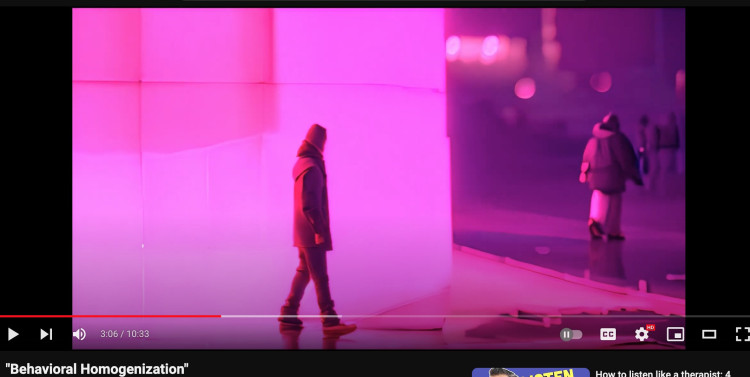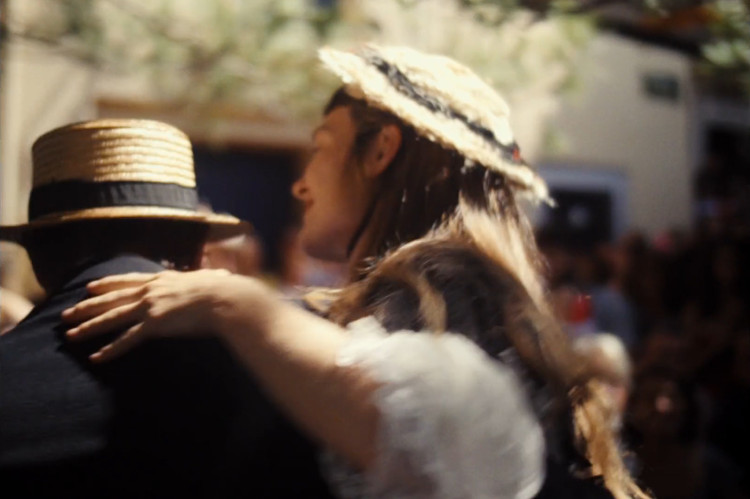Festival 2025 : Annonce des rétrospectives

Radu Jude : la fin du cinéma peut attendre
L’auteur d’Aferim! et de Bad Luck Banging or Loony Porn est un grand cinéaste comique et politique, animé d’une curiosité critique tous azimuts pour le devenir de son pays et du monde. Exposition décapante du capitalisme spectaculaire dans ses états les plus avancés, examen frontal des fascismes et racismes du passé et de leurs persistances contemporaines, analyse grinçante du milieu familial et de ses violences : autant de sujets que Radu Jude travaille avec une liberté d’expérimentation peu commune, porté par une énergie et une joie communicatives, un rare appétit pour les possibles encore inexplorés du cinéma.
En savoir plus
« Imprécis, flou, barbare, irrationnel » : le cinéma de Carolina Adriazola et José Luis Sepúlveda
Rarement montrés en dehors de l’Amérique latine, les films des Chiliens Carolina Adriazola et José Luis Sepúlveda composent l’une des œuvres les plus inclassables et stimulantes du cinéma contemporain. Du viscéral El pejesapo (2007) au sauvagement virtuose Cuadro negro (Grand Prix du Festival Punto de Vista 2025), le FIDMarseille est heureux d’accueillir la toute première rétrospective de leur travail en Europe.
En savoir plusDécouvrir les événements à venir prochainement

Les Musées de Marseille invite le FID
COMME UNITY programme de films de Laure Prouvost

CinéFID x Atelier des artistes en exil
DO YOU WANT TO SEE PART TWO? de cricri sora ren
